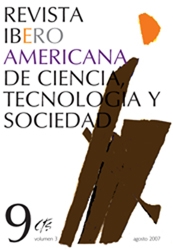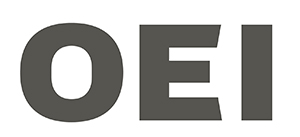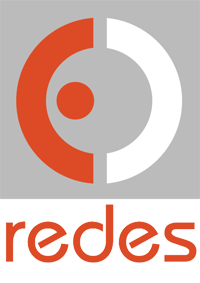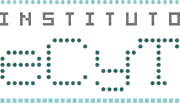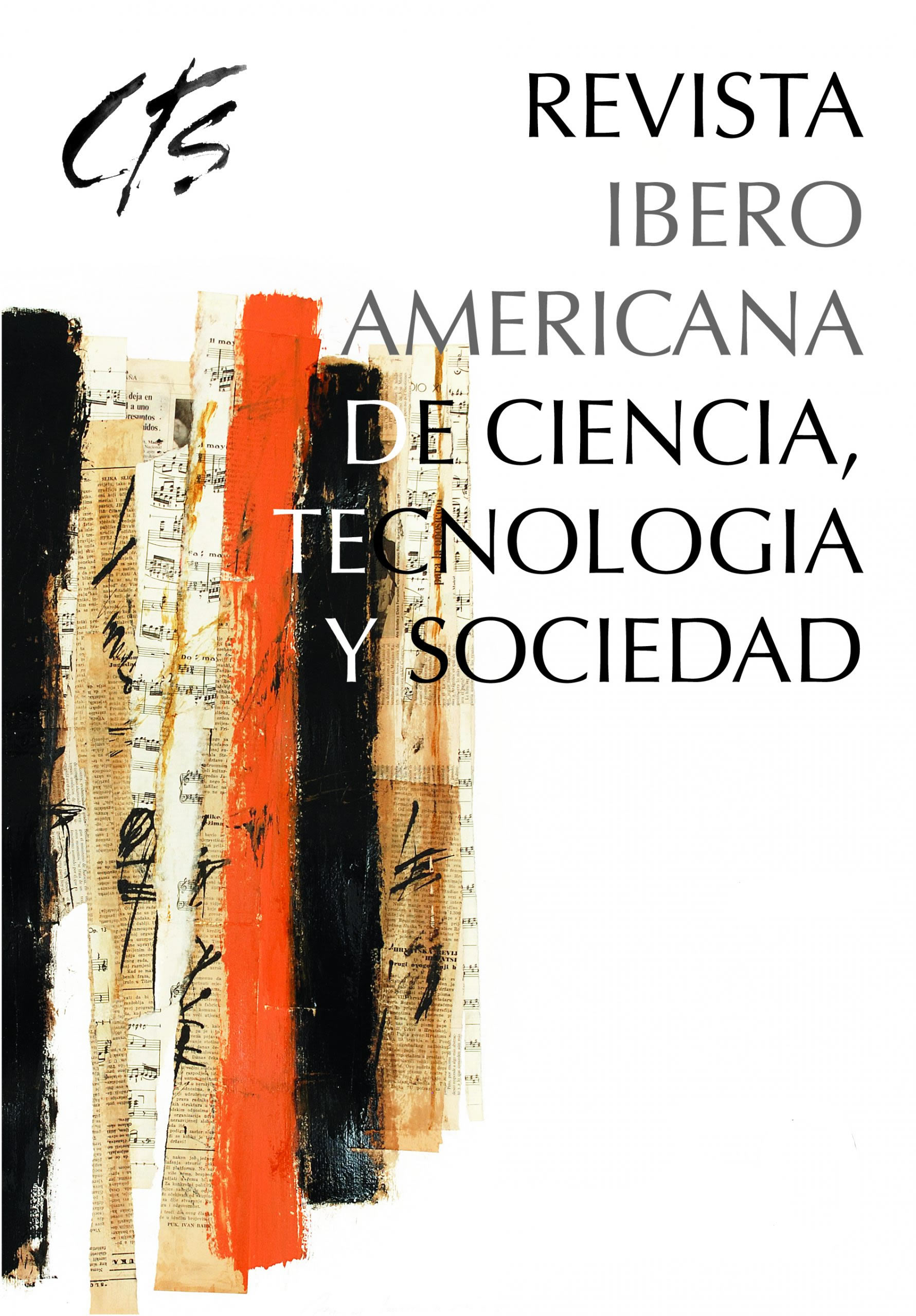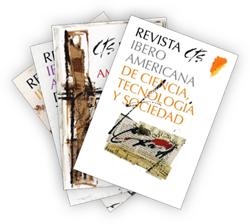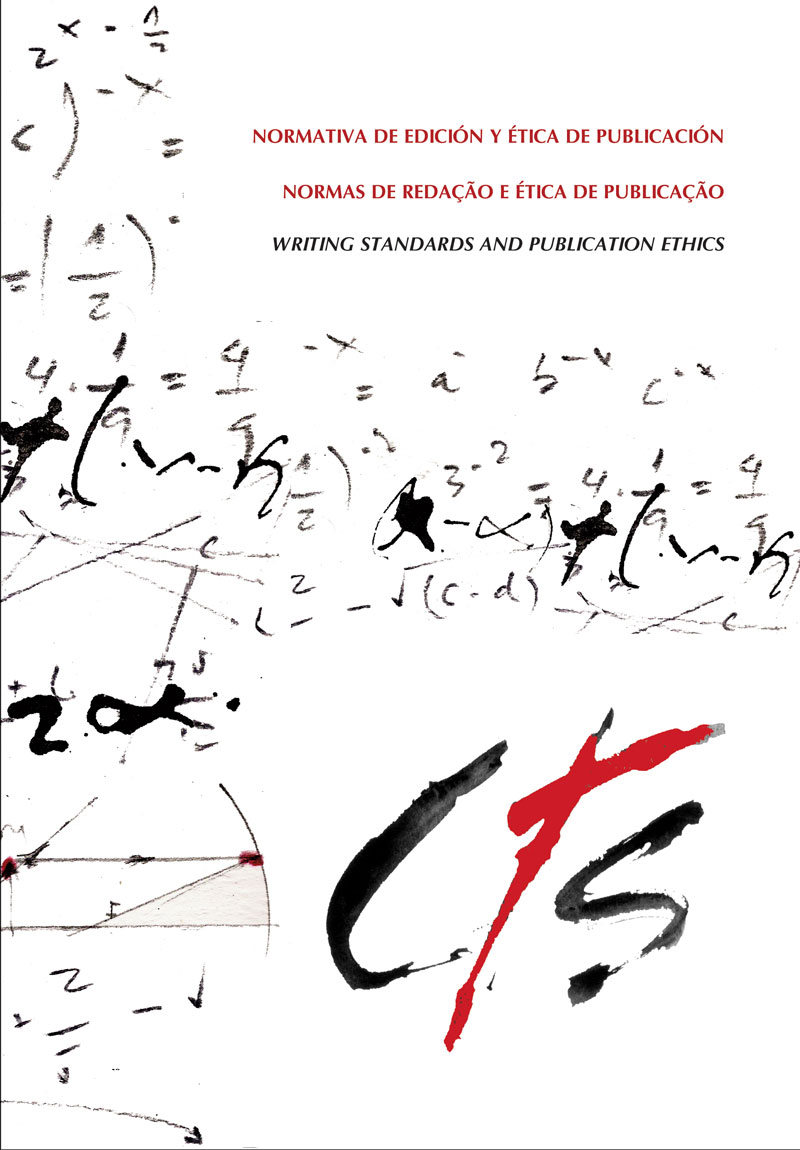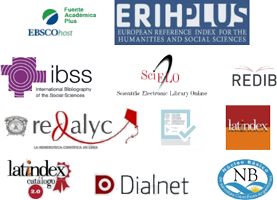Science Journalism
Is It Prepared to Face Conflicts of Interest?
DOI:
https://doi.org/10.52712/issn.1850-0013-937Abstract
The presence of conflicts of interest at all stages—and involving virtually all actors engaged in the production and communication of information on science and technology issues, including authors and peer reviewers of scientific papers, journal editors, practicing professionals, and health journalists—is a relatively recent reality. Although experts in science and society had raised concerns early on, it is only recently that this issue has begun to be fully acknowledged. In some cases, it is still almost entirely overlooked: the widespread involvement of private—and therefore interested—sources in funding these activities, which were previously dominated by public funds. This situation affects many areas of scientific activity, but it is particularly critical in the field of health, especially in relation to the pharmaceutical industry.
Downloads
References
BEKELMAN, J., LI, Y. y GROSS, C. (2003): “Scope and impact of financial conflicts of interest in biomedical research: a systematic review,” JAMA, 289, pp. 454-465.
BERENSON, A. (2005): “Big drug makers see sales decline with their image”, The New York Times, 14 de noviembre. Disponible en: http://www.nyt.com/2005/11/14/business/14pharma.html.
BLUM, D. y KNUDSON, M. (1997): A Field Guide for Science Writers, Oxford y Nueva York, Oxford University Press.
BLUMENTHAL, D. (2004): “Doctors and drug companies”, NEJM, 352 (18), 18 de octubre, pp. 1885-1890.
BLUMENTHAL, D., CAMPBELL, E. G., ANDERSON, M. S., CAUSINO, N. y LOUIS, K. S. (1997): “Withholding research results in academic life sciences: evidence from a national survey of faculty, JAMA, No. 277, pp. 1224-1228.
BLUMENTHAL, D., CAUSINO, N., CAMPBELL, E. G. y LOUIS, K. S. (1996): “Relationship between academic institutions and industry in the life sciences - an industry survey”, NEJM, Vol. 334, pp. 368-371.
BLUMENTHAL, D., CAUSINO, N. y CAMPBELL, E. G. (1997): “Academic-industry research relationships in genetics: a field apart”, Nature Genetics, Vol. 16, pp. 104-108.
BLUMENTHAL, D., GLUCK, M. y LOUIS, K. S. (1986): “University-industry research relationships in biotechnology: Implications for the university”, Science, Vol. 232, pp. 1361-1366.
BOFFEY, P. M., RODGERS, J. E. y STEPHEN, S. (1999): “Interpreting uncertainty: a panel discussion”, en S. Dunwoody y C. L. ROGERS: Communicating Uncertainty. Media Coverage of New and Controversial Science, Mahwah, NJ, Lawrence Erlbaum Associates, pp. 81-91.
CAMPBELL, E. G., LOUIS, K. S. y BLUMENTHAL, D. (1998): “Looking a gift horse in the mouth: corporate gifts supporting life sciences research”, JAMA, Vol. 279, pp. 995-998.
CROSSEN, C. (1994): Tainted Truth. The manipulation of fact in America, New York, TouchStone.
DAVIDOFF, F. et al. (2001): “Sponsorship, authorship, and accountability”, Annals of Internal Medicine, No. 135, pp. 463-466.
EWEN, S. (1998): PR! A Social History of Spin, New York, Basic Books.
GAO (1991): Technology Transfer: Federal Agencies’ Patent Licensing Activities (GAO/RCED-91-80), Washington, DC, General Accounting Office.
GAO (1998): Technology Transfer: Administration of the Bay-Dole Act by Research Universities (GAO/RCED-98-126), Washington DC, General Accounting Office.
GAO (2001): Biomedical Research: HHS Direction Needed to Address Financial Conflicts of Interest (GAO/RCED-02-89), Washington, DC, General Accounting Office.
KIERNAN, V. (1997): “Ingelfinger, embargoes, and other controls on the dissemination of science news”, Science Communication, Vol. 18, n° 4, septiembre, pp. 297-319.
KIERNAN, V. (2003): “Diffusion of news about research”, Science Communication, Vol. 25, n° 1, septiembre, pp. 3-13.
KRIMSKY, S. (1999): “The profit of scientific discovery and its normative implications”, Chicago Kent Law Review, Vol. 75, No. 3, pp. 15-39.
LAKOFF, A. (2004): “The anxieties of globalization: antidepressant sales and economic crisis in Argentina”, Social Studies of Science, Vol. 34, No. 2, Abril, pp. 247-269.
LA NACIÓN (1997): Manual de Estilo y Ética Periodística, Buenos Aires, Espasa.
LEXCHIN, J. (2006): “Bigger and better: How Pfizer redefined erectile disfunction”, PLoS Medicine, Vol. 3, No 4, abril, pp. 429-432.
LEXCHIN, J., BERO, L. A., DJULBEGOVIC, B. y CLARK, O. (2003): “Pharmaceutical industry sponsorship and research outcome and quality: a systematic review”, BMJ, Vol. 326, pp. 1167-1177.
LOS ANGELES TIMES (2006): “Janey Paules sues New York Times”, LAT, suplemento Calendar, 26 de octubre, p. E5.
MERTON, R. (1964- 1949): Teoría y estructuras sociales, México, Fondo de Cultura Económica.
MOYNIHAN, R. y HENRY, D. (2006): “The fight against disease mongering: generating knowledge for action”, PLoS Medicine, Vol. 3, No 4, abril, pp. 425-428.
NELKIN, D. (1995): Selling Science: How the Press Covers Science and Technology, New York, W. H. Freeman and Company.
NEW YORK TIMES (2004): “Accepting hospitality from sources”, Ethical Journalism: a Handbook of Values and Practices for the News and Editorial Departments, septiembre, pp. 10-11.
OFFEDU, L. (2006): “Un marketing no tan misterioso”, La Nación, sección Espectáculos, 9 de junio, p. 3.
PAVLOVSKY, F. (2006): “Cómo los laboratorios propician la prescripción de psicofármacos”, Página/12, 24 de agosto. Disponible en: http://www.pagina12.com.ar/diario/psicologia/index-2006-08-24.html.
PHILIPS, D.P., KANTER, B., BEDNARCZYK, B. y TASTAD, P. L. (1991): “Importance of the lay press in the transmission of medical knowledge to the scientific community”, NEJM, 325, pp. 1180-1183.
PIGNARRE, P. (2003): El gran secreto de la industria farmacéutica, Barcelona, Gedisa.
RIDKER, P. M. y TORRES, J. (2006): “Reported outcomes in major cardiovascular clinical trials funded by for-profit ad not-for-profit organizations: 2000-2005”, JAMA, 295: pp. 270-274.
RIVERS, W. R., SCHRAMM, W. y CHRISTIAN, C. (1980): Responsibility in Mass communication, New York, Harper and Row.
SCHWITZER, G., MUDUR, G., HENRY, D., WILSON, A., GOOZNER, M., SIMBRA, M., SWEET, M. y BAVESTOCK, K. A. (2006): “What are the roles and responsibilities of the media in disseminating health information?, PLoS Medicine, Vol. 2, No 7, pp. 576-582.
SECYT (2006): Análisis de la oferta informativa sobre ciencia y tecnología en los principales diarios argentinos, Informe final, mayo.
SHANAHAN, M. (2004): “Journalists warn of helping drug giants ‘market disease’”, SciDev Net, 6 de octubre. Disponible en: www.scidev.net/News/index.cfm?fuseaction=readnews&itemid=1644&language=1
SMITH, R. (2001): “Maintaining the integrity of the scientific record”, BMJ, Vol. 323, 2001, p. 588.
SMITH, R. (2003): “Medical journals and pharmaceutical companies: uneasy bedfellows”, BMJ, Vol. 326, pp. 1202-1205.
STELFOX, H. T., CHUA, G., O’ROURKE, K. y DETSKY, A.S. (1998): “Conflict of interest in the debate over calcium-channel antagonists”, New England Journal of Medicine, 338, Enero 8, pp. 101-106.
TANNEN, D. (1998): La cultura de la polémica, Barcelona, Paidós.
TIERNEY, H. (2005): mensaje a la World Association of Medical Editors Listserve Discussion, entre el 24 y el 28 de enero. Disponible en: http://www.wame.org/pharma.htm
VARA, A. M. y HURTADO DE MENDOZA, D. (2004): “Comunicación pública, historia de la ciencia y ‘periferia’”, en AA.VV., Certezas y controversias. Apuntes sobre la divulgación científica, Buenos Aires, Libros del Rojas, pp. 71-103.
WADMAN, M. (2006): “The quiet rise of the clinical contractor”, Nature, Vol. 441, 4 de mayo, pp. 22-23.
WAGNER, E. (2003): “How to dance with porcupines: rules and guidelines on doctors’ relations with drug companies”, BMJ, Vol. 326, pp. 1196-1198.
WAISBORD, S. (2000): Watchdog Journalism in South America: News, Accountability, and Democracy, Nueva York, Columbia University Press.
Downloads
Published
How to Cite
Issue
Section
License
Copyright (c) 2025 CC Attribution 4.0

This work is licensed under a Creative Commons Attribution 4.0 International License.
All CTS's issues and academic articles are under a CC-BY license.
Since 2007, CTS has provided open and free access to all its contents, including the complete archive of its quarterly edition and the different products presented in its electronic platform. This decision is based on the belief that offering free access to published materials helps to build a greater and better exchange of knowledge.
In turn, for the quarterly edition, CTS allows institutional and thematic repositories, as well as personal web pages, to self-archive articles in their post-print or editorial version, immediately after the publication of the final version of each issue and under the condition that a link to the original source will be incorporated into the self-archive.
